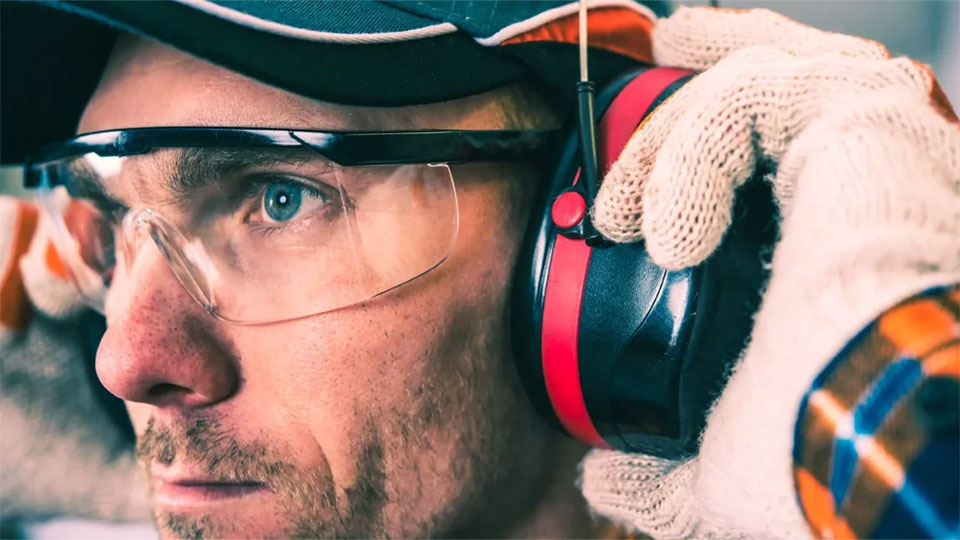On a recent post at NAEM’s GreenTie blog, Alex Pollock asked for our thoughts on the “demise of the Industrial Hygiene profession as we know it.” He noted changes in staffing, reliance on “EHS generalists” and changes to the profession over the past 20+ years. It is my experience that the changes within the IH profession represent an evolution, not a demise.
Not only has the Industrial Hygienist profession evolved, but Safety Engineers, Ergonomists, and other occupational health and safety professionals have seen similar change. No matter what our academic focus and area of specialty/certification was in the past, most of us have been tasked with intergrating and managing several aspects of Environment, Health and Safety in the workplace. As Alex noted, there is a growing trend toward EHS generalists. I agree and have identified the following drivers of the profession’s evolution:
- Maintaining regulatory compliance vs. achieving regulatory compliance. In the 70’s, employers needed designated IH resources to determine their compliance needs for the exposure requirements of the OSHAct. At the time, demand for focused, technical IH resources was high and made good business sense.
- Increase in availability of quality technical information. Over the past decades, commonly accepted exposure and toxological information has become readily available to all practitioners, reducing the need for an IH specialist.
- Improvement, automation and simplification of sampling devices and procedures. IH sampling equipment has improved dramatically, from hand cranked sampling pumps to today’s digital electronic devices with greater accuracy and ease. This has enabled organizations to use technicians and trained safety professionals to conduct sampling that was originally limited to IH specialists.
- Reduction and elimination of exposures in the workplace. Since 1970, US industries and employers have been actively reducing and eliminating hazards in the workplace. As a result, common airborne exposures (dust, vapors, gas), noise, ionizing and non-ionizing radiation have been reduced. Exposures previosly viewed as low incidence (ex. ergonomic risk factors) and from new technologies (ex. nanotechnology) have alternatively increased in concern. In many workplaces, the total amount of exposures IH’s dealt with 20-30 years ago is significantly less, reducing the need for IH resources.
- Increasing demand for tighter business resources. Face it, today’s employers have to operate with tighter resources than 20 years ago. Few of the Fortune 100 companies I work with have the luxury of, or need for, a full time Industrial Hygienist. Most organizations have an EHS Professional qualified to lead, and currently in the role of managing the EHS issues of the operation. Qualified means that they are experienced and qualified in several areas (ex. industrial hygiene, safety engineering, management systems, etc.). Effective EHS programs integrate IH, safety, ergonomics, auditing, occupational health and other related professional areas and rely on resources both inside and outside their companies.
In answer to Alex’s question “what are the harsh realities we need to quickly understand and adapt to if (the prediction of IH demise) is true?”, there are some priorities:
- Break the old paradigm of isolating ourselves into single professions. Be broad based in your areas of expertise. Pursue multiple certifications. Integrate the management of E, H, and S. The sciences and technologies behind the professions may vary (some) but the management of them is similar (compare the similarities between Environmental and Safety Management System models.).
- Demonstrate the value you bring to your employer/organization. IH’s have a challenge, to apply the sciences (toxicology, physiology, ventilation, etc.) to diagnose and improve the workplace. To survive in any organization, a department or function must somehow add value and contribute to the bottom line. IH’s and EHS professionals must be able to demonstrate their value (i.e. Return on Investment of programs and services). This is best accomplished by modeling their program and processes after the process and terminology used by the businesses (speak their language).
Recently, Dr. Michael Brandt, Vice President of AIHA, presented the AIHA Value of the Profession. This is the survey and tools AIHA has developed to help IH’s effectively demonstrate their contribution.
